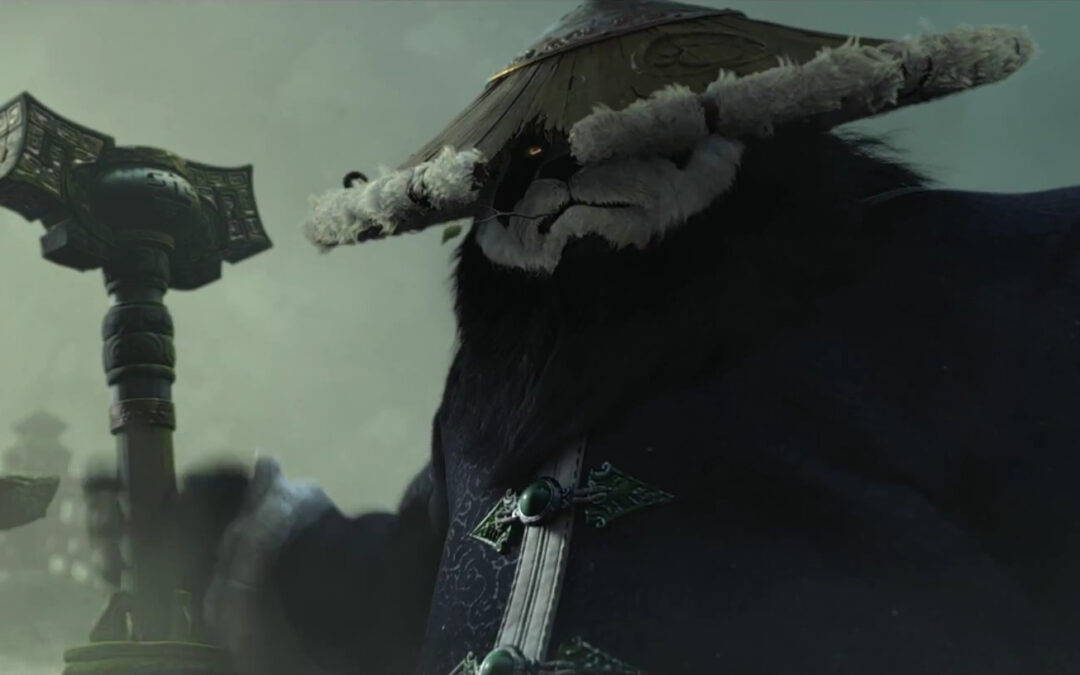A lot of ballyhoo (that’s right, I said it) has been made about whether or not Blizzard Entertainment, and a lot of game makers, actually, are hitting or missing with their current crop of games. Since we are in a Cycle of Sequels (my Journey cover band in high school) the comparison is constantly made to the past of game development and little to do with the current state of the industry.
Or, for that matter, the storytelling industry as a whole.
For that’s what games, movies, books and sundry other media are, at their core – stories. And stories – good stories, are seemingly in short supply. Or are they?
[divider] [/divider]
The trouble with sequels, as I said, is that they force us to look backward. Comparisons between titles are always made, but comparing between stories that are, essentially, continuations of the same story, is another thing.
I’m using as my example Mists of Pandaria, Blizzard’s latest expansion to World of Warcraft. Pandaria is, in many ways, a heartening backward to the previous heyday of the Warcraft story. It is a refocus on war – war between the Alliance, headed by the human race, and the Horde, spearheaded by the orcs. But the story is actually moving forward, not backward, in many ways.
Pandaria, the continent, has revealed itself to the world. It has its own culture, history and problems. The arrival of the war between the Alliance and Horde means a land grab for them, but a heightening of the problems of the land for the native Pandaren. Essentially, they must choose whom best to side with in order to not only handle their own native problems, but deal with encroachment from the other side.
In the end, the Pandaren choose… both. And therein lies interesting potential.
Whether or not this expansion bears out as a new paradigm of MMO, the storytelling is, I hate to say it, some of the best in years. And story is, bar none, the reason I play, watch or read anything.
[divider] [/divider]

These are often big budget turds. Take your average summer blockbuster – say it costs $200 million to make, and grosses $400 million. It has effectively doubled the budget in profit. Yet it is probably, if history bears out, an awful film when taken on script, plot or acting.
I often complain about this stuff, and say that, for $20 million an independent feature, you could make 10 films to the one blockbuster. But the fact is, those ten films will take longer to produce and get to market in total and, even if they, too, double their budget in profits, it is still more worthwhile to producers to make that one blockbustery poo.
And that is the true state of things. And yet, actors, directors, writers and producers just want to “make it” – to become part of that system.
However, thanks mostly to the internet, new avenues have opened up in storytelling and film – namely the web series. These can be promotional items for upcoming video games (like the fantastic Forward Unto Dawn), longstanding gems (like The Guild) or new, interesting takes on standard Hollywood Stories (like STD: Oddfjord).
And thank goodness there are people willing to put time, effort, talent and, yes, money into these ventures. It’s why I started my own efforts to add worth to the ether, and why I will continue to wish to “make it” into works like these rather than the movie/game/story machine that pumps out crap like “Tripe-r Elite vPoo” (see what I did there?).
By the way, it’s move, snipe, move, snipe. Snipe, snipe, get shot a thousand times and keep moving, sniper while running and then talk in a handsomely gravel voice.

